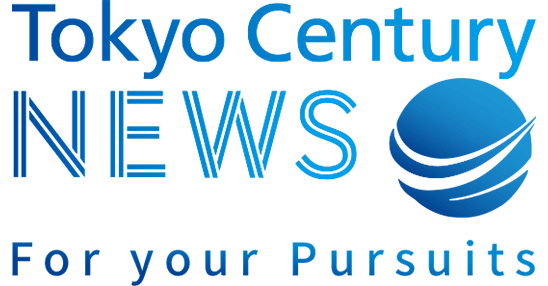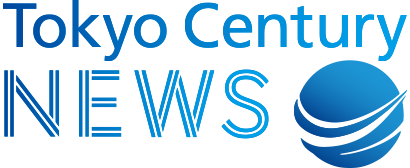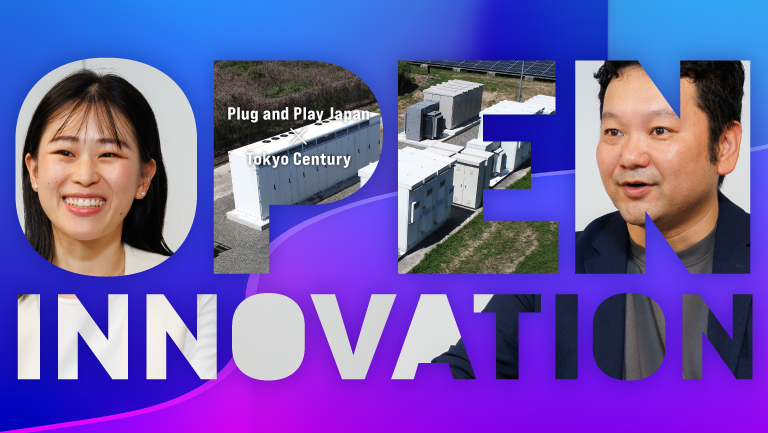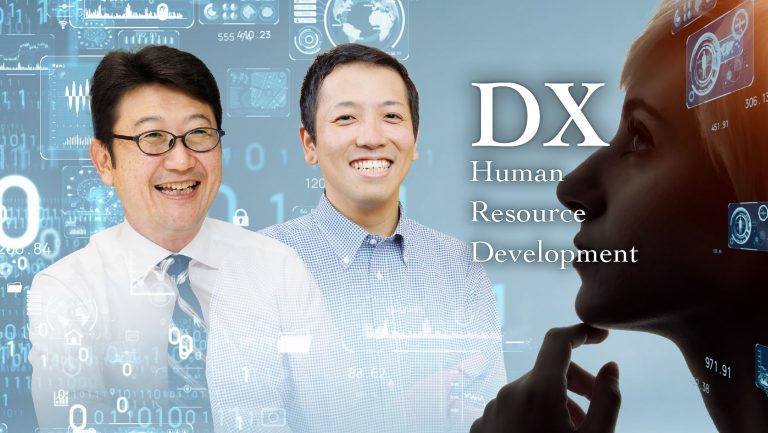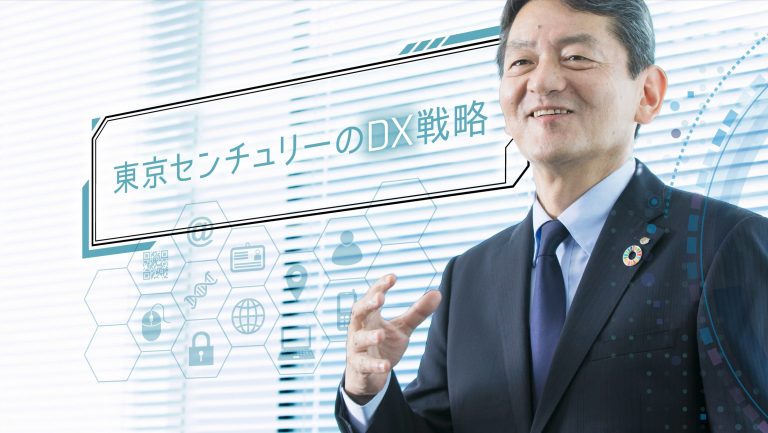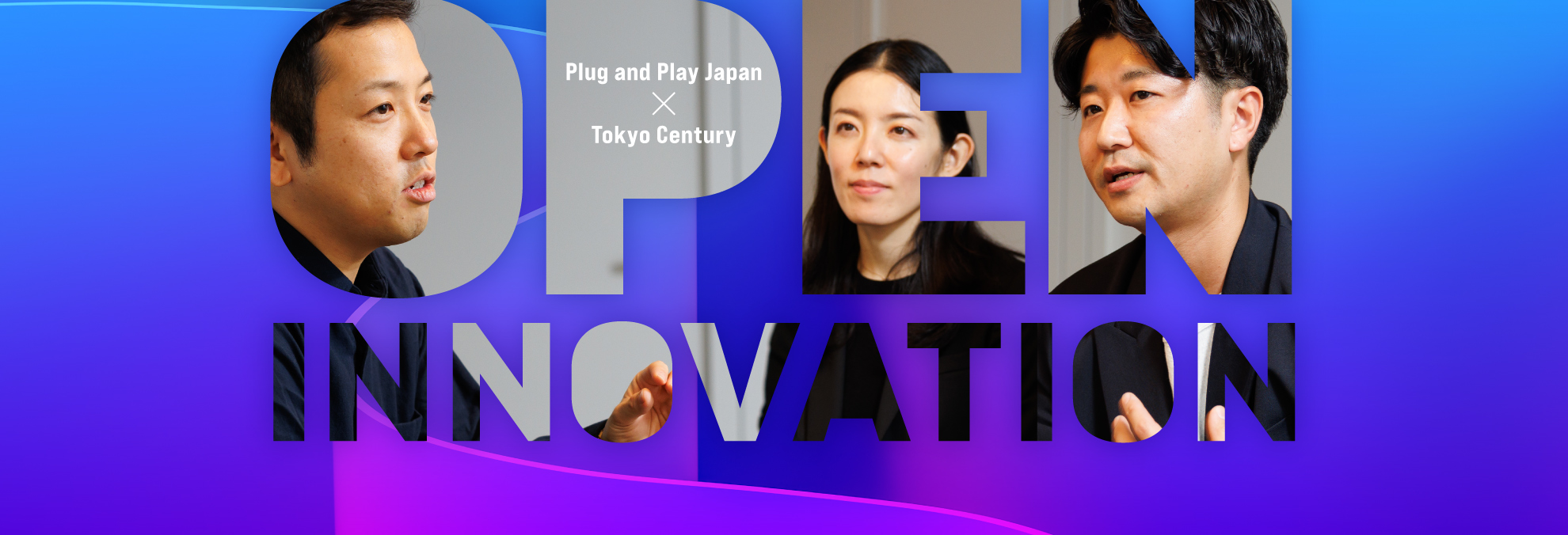
Collaboration with startups is essential for accelerating digital transformation (DX) strategies. In 2021, Tokyo Century signed a partnership agreement with Plug and Play Japan, Inc. (PnPJ), a leading company in supporting startups, and since then the two companies have been working together to enhance the new businesses development and practical human resource development. Given the various barriers to new business development, how is open innovation actually implemented?
In this two-part series, we will offer a definition of open innovation, which is often misunderstood, as well as why it is important and a few examples of how it can work. In Part 1, we will share a discussion with Mr. Arai and Ms. Omura, who run an accelerator program at PnPJ, and Mr. Takano of Tokyo Century’s DX Strategy Division.
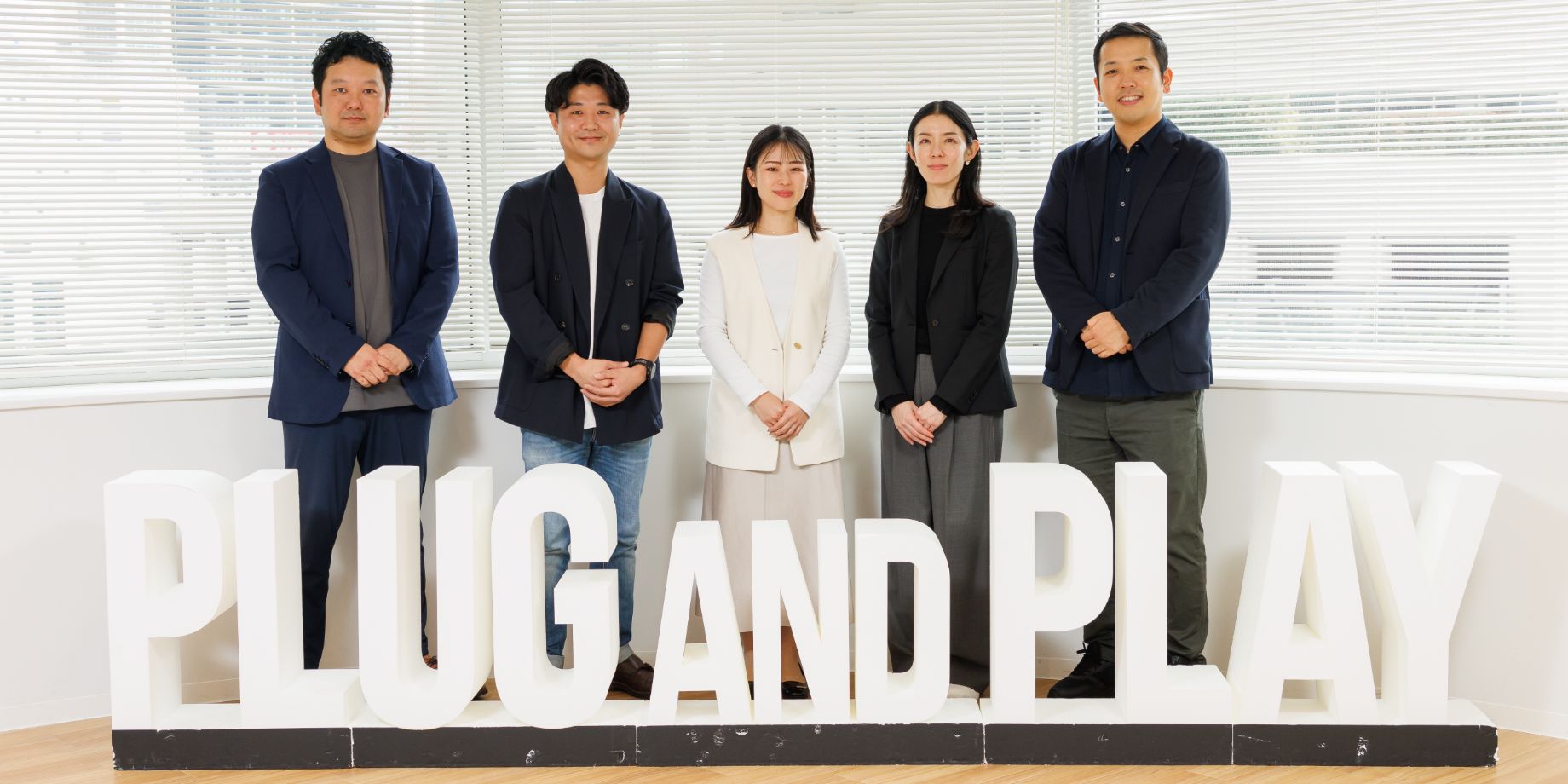
From left: Yudai Shibuya of Tokyo Century, Yoshihiko Arai of PnPJ, Chika Komiya of Tokyo Century, Saki Omura of PnPJ, and Shinsaku Takano of Tokyo Century
Innovation Is the Creation of New Value by Combining Existing Knowledge
—First, could you tell us about the business of Plug and Play Japan?
Arai: Our headquarters was founded in Silicon Valley in the U.S. in 2006, and PnPJ, our Japanese subsidiary, was established in 2017. In our role as an accelerator, we connect startups, large corporations, and investors, and we develop businesses to accelerate innovations addressing social issues. Our entire Group has so far helped more than 2,000 startups across the globe to grow their business. PnPJ operates accelerator programs*1 under each of these eight sectors: fintech, insurtech, mobility, healthcare, smart city, deep tech, energy, and food and beverage.
*1 Accelerator programs support the growth of startups.
—How does PnPJ define open innovation?
Arai: First, we define innovation as “the creation of new social value by combining existing knowledge.” I think there is a general consensus on this interpretation even among startups and other advanced companies. It’s generally thought that innovation refers to technological development that creates something from nothing, but that isn’t quite true. Innovation is the fusion and application of technologies that exist to deliver unprecedented value.
Large companies and startups each have their knowledge in their own fields, so we want to help create new businesses and social value by effectively combining them. This is the concept behind our accelerator programs.
Omura: It appears to me that overseas it has become standard for large global companies to develop new businesses in partnership with startups that have specialized technologies. So in Japan, we’re working to incorporate a new way of generating fresh value by combining existing knowledge with other existing knowledge. By doing so, we’d like to contribute to the Japanese economy.
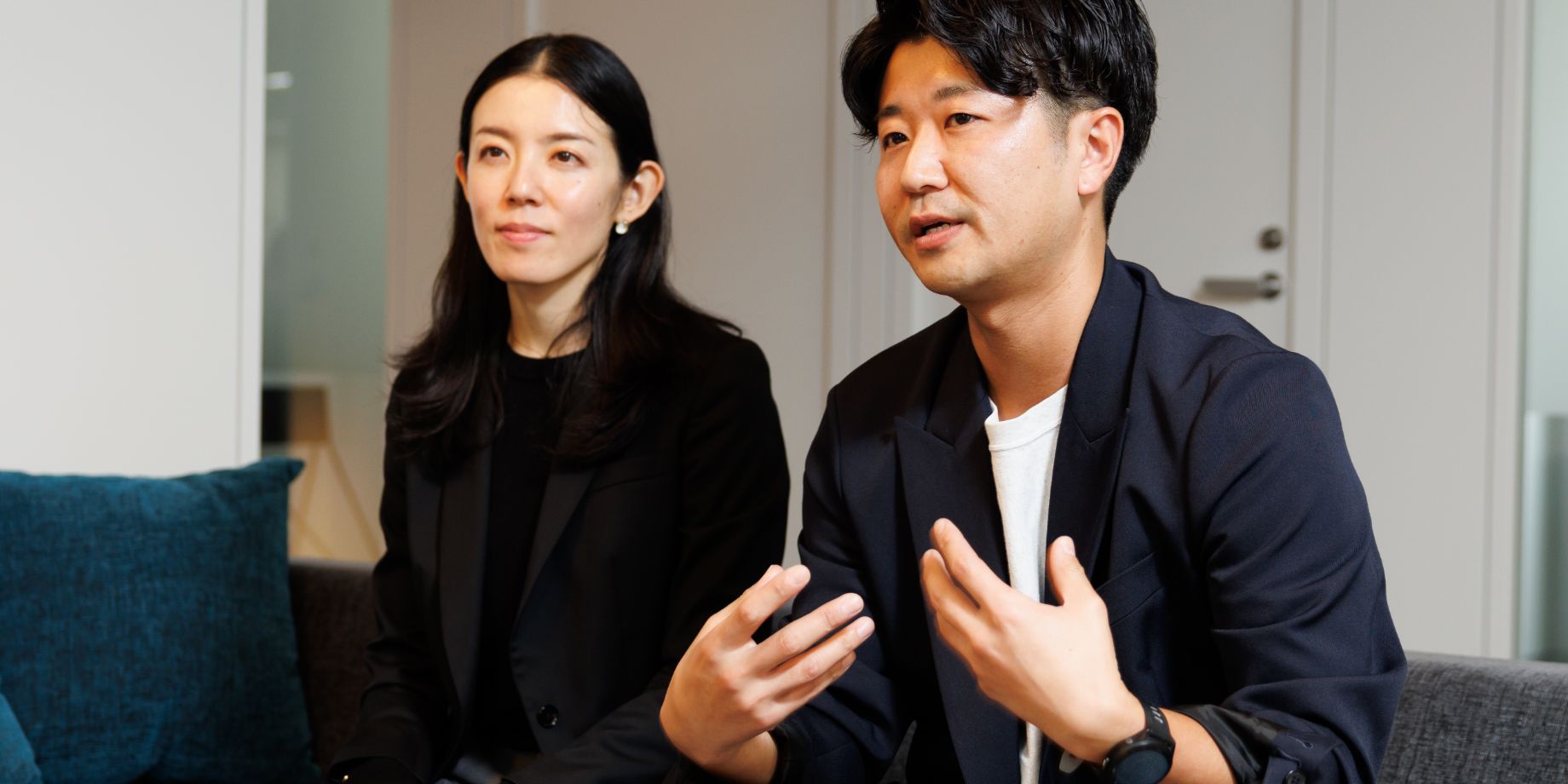
Arai: The solutions we provide include group work-style workshops, which allow participants to build on the understanding that everyone
already has the existing knowledge required for innovation.
—There is another term: closed innovation. How do you define open innovation in relation to that?
Arai: Generally speaking, the understanding of closed innovation or open innovation depends upon whether the source of innovation is sought internally or externally. The period when Japanese white goods dominated the global market was an era of closed innovation and entailed turning a company’s unique technology into a “black box” as a source of competitive advantage. This was based on the premise that the environment at the time was not as fluid as it is today in terms of access to information and people.
—Why is open innovation necessary?
Arai: The environment and industry structure are undergoing rapid change today, and the time and costs of doing everything on our own are no longer worth it.
Omura: Of course, closed innovation, which turns technology into a “black box,” may be absolutely necessary depending on the industry. However, as we live in what is often referred to as the VUCA era, the reality is that changes in technology and demand are so complex and volatile that no single company can respond on its own.
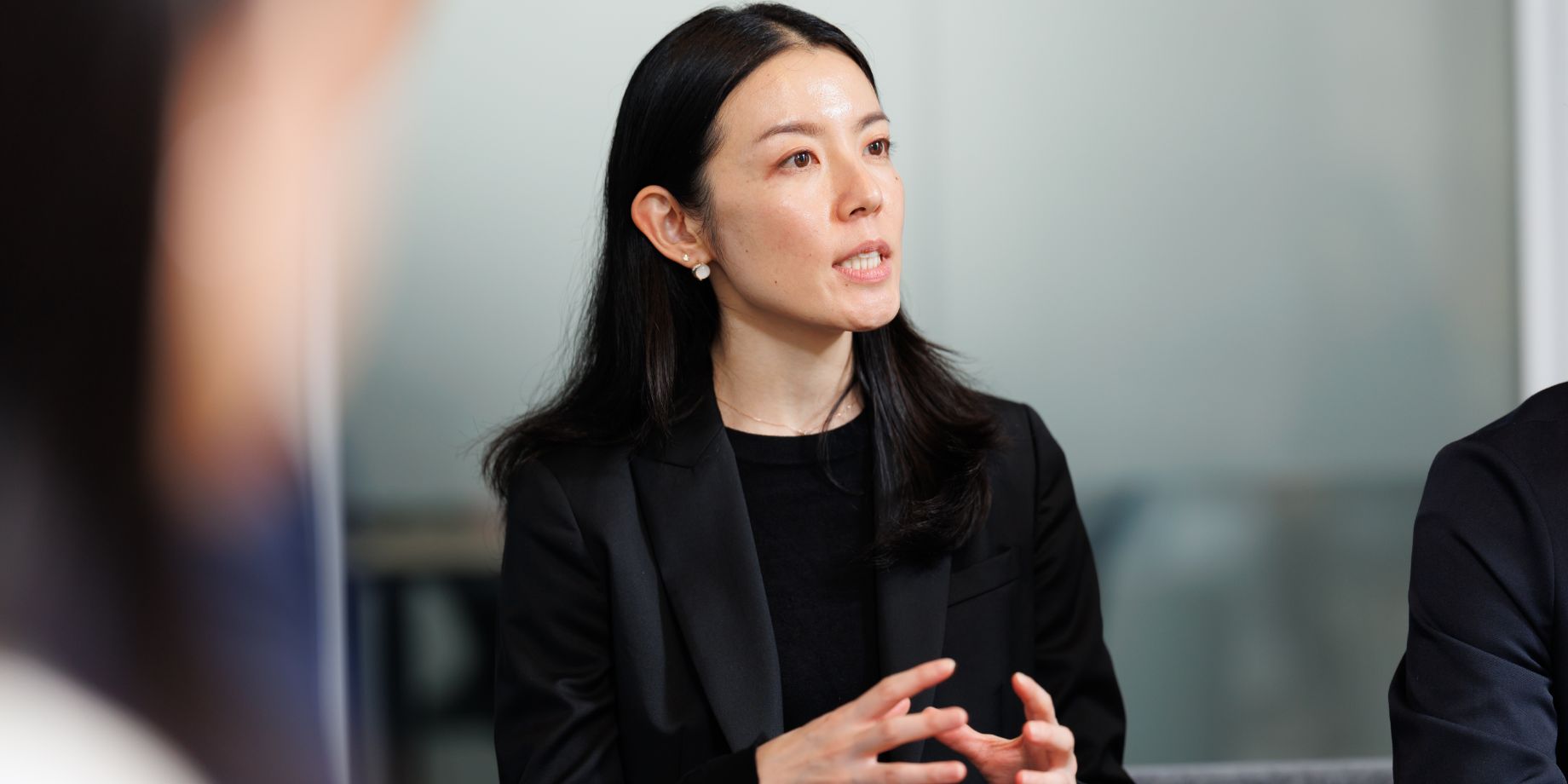
Omura: It’s no longer uncommon for companies to enter a market from different industries, which completely changes the conventional power balance. In the eight industries Arai mentioned at the beginning of his talk, more than a few companies have a sense of crisis about the current situation.
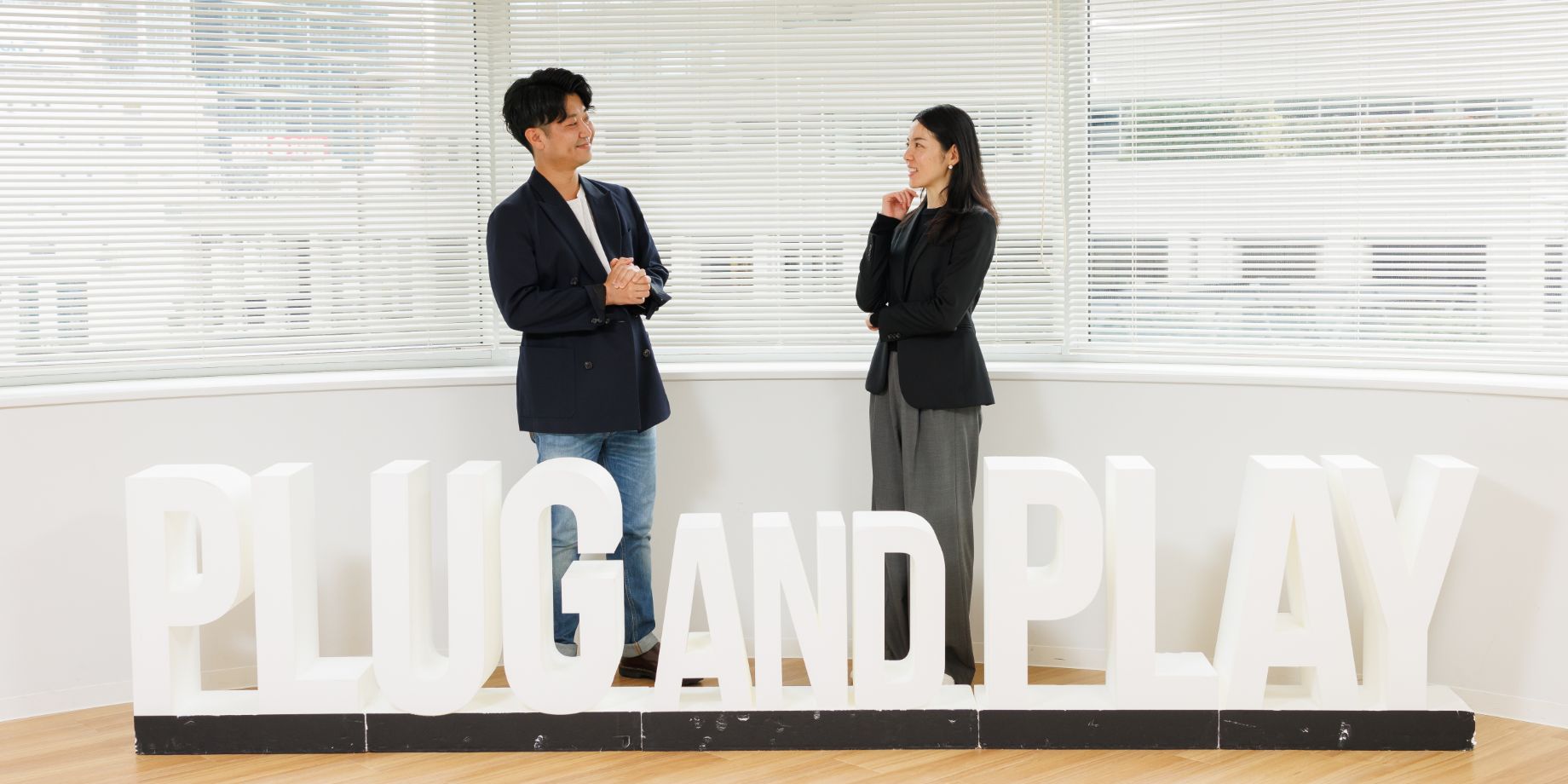
Tokyo Century’s Partnership Strategy, Highly Compatible with Open Innovation
—Next, I’d like to ask Mr. Takano why Tokyo Century is promoting open innovation.
Takano: In our medium-term management plan through 2027, we positioned Tokyo Century Transformation (TCX) to achieve sustainable growth. One of the pillars of TCX is DX, and we’ve launched a company-wide DX task force. Among the common themes are value provided to customers and human resource development through DX. In terms of value provided to customers, we want to increase the value provided to them through digital and other new technologies, and we believe that open innovation is an effective way to do that. In addition, to nurture those capable of handling this task, human resource development through DX is important.
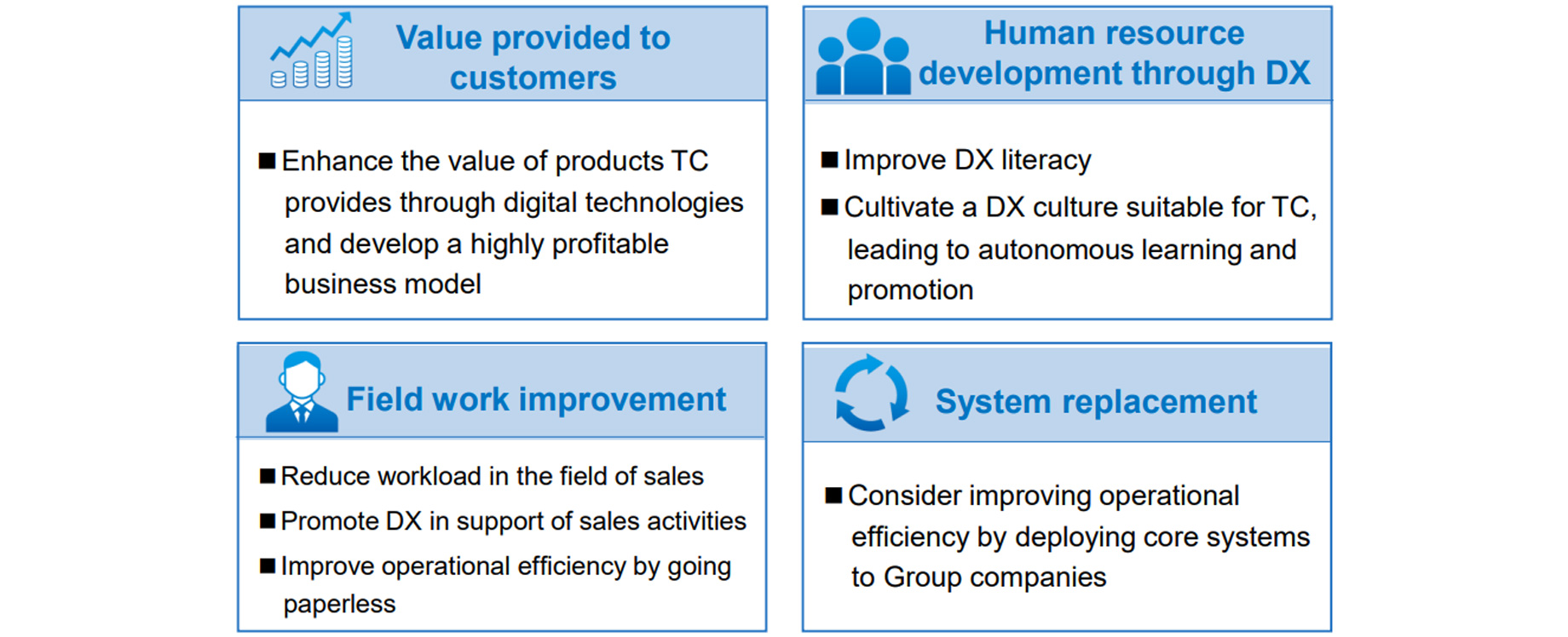
Four Key Themes of the DX Task Force
[Reference]
DX Task Force On the Move—Top Management Explains How Aggressive DX Will Bring about Change
Human Resource Development through DX is a Never-Ending Journey. Tokyo Century Has Just Taken the First Step.
—PnPJ and Tokyo Century signed a partnership agreement in 2021. What initiatives have the two companies taken so far?
Takano: We have had the opportunity to meet with promising startups in various industries using PnPJ’s solutions. However, we initially lacked experience in working with startups and were sometimes bogged down. We therefore consulted with the PnPJ team, and they proposed ideation training.Takano: We have had the opportunity to meet with promising startups in various industries using PnPJ’s solutions. However, we initially lacked experience in working with startups and were sometimes bogged down. We therefore consulted with the PnPJ team, and they proposed ideation training.
Arai: The solutions we provide are not completed by just bringing startups and large companies together. We look ahead to launching and promoting a business, getting it on track, and seeing sustainable results. From that perspective, we thought there might be something we could do to help those in charge shape the mindsets and acquire expertise, and that was the core of our proposal.
Omura: We’ve prepared a curriculum in which the training starts with a persona analysis of expected customers, and participants learn how to quickly and effectively launch a business using the lean development method. Then, they set their own themes and discuss them in small groups to brush up their ideas.
Takano: This was a valuable opportunity to come up with multifaceted, outside-of-the-box ideas. We see this kind of ideation training as part of our development of human resources for DX, and we’d like to use it to develop human resources to create change through open innovation.
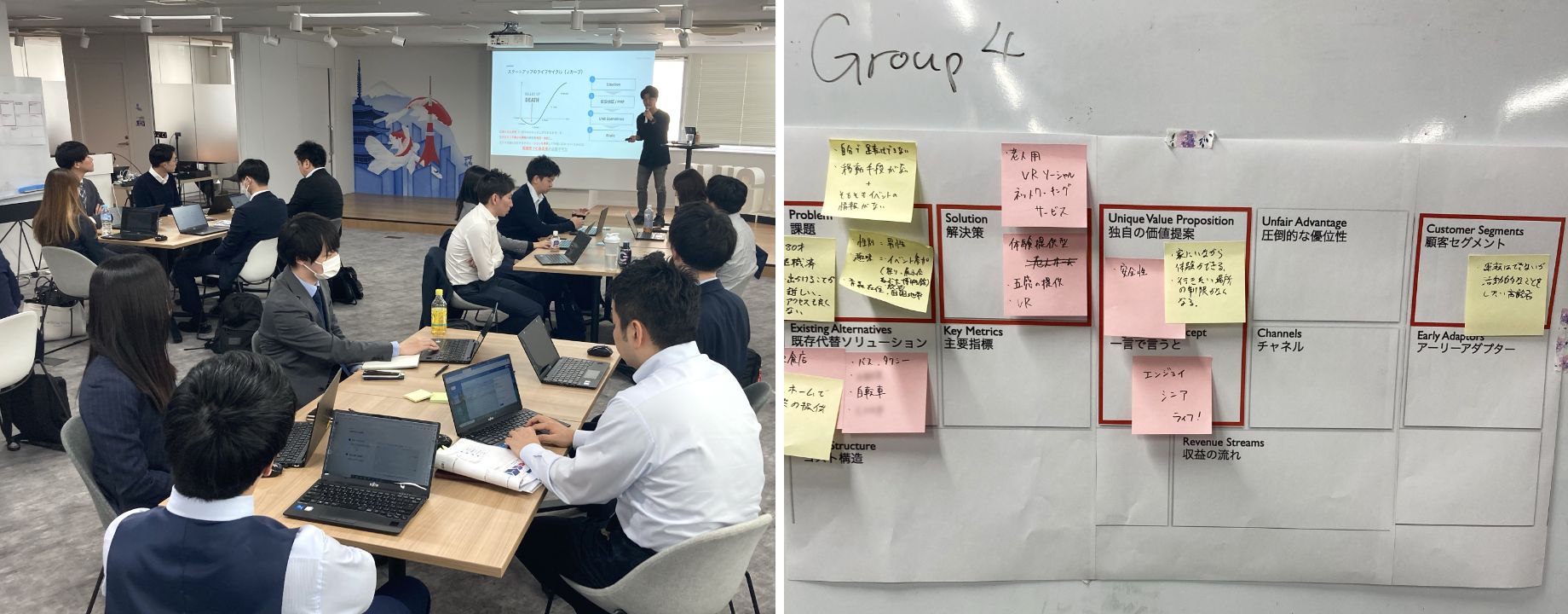
Ideation training session Consideration of a business model using the lean canvas
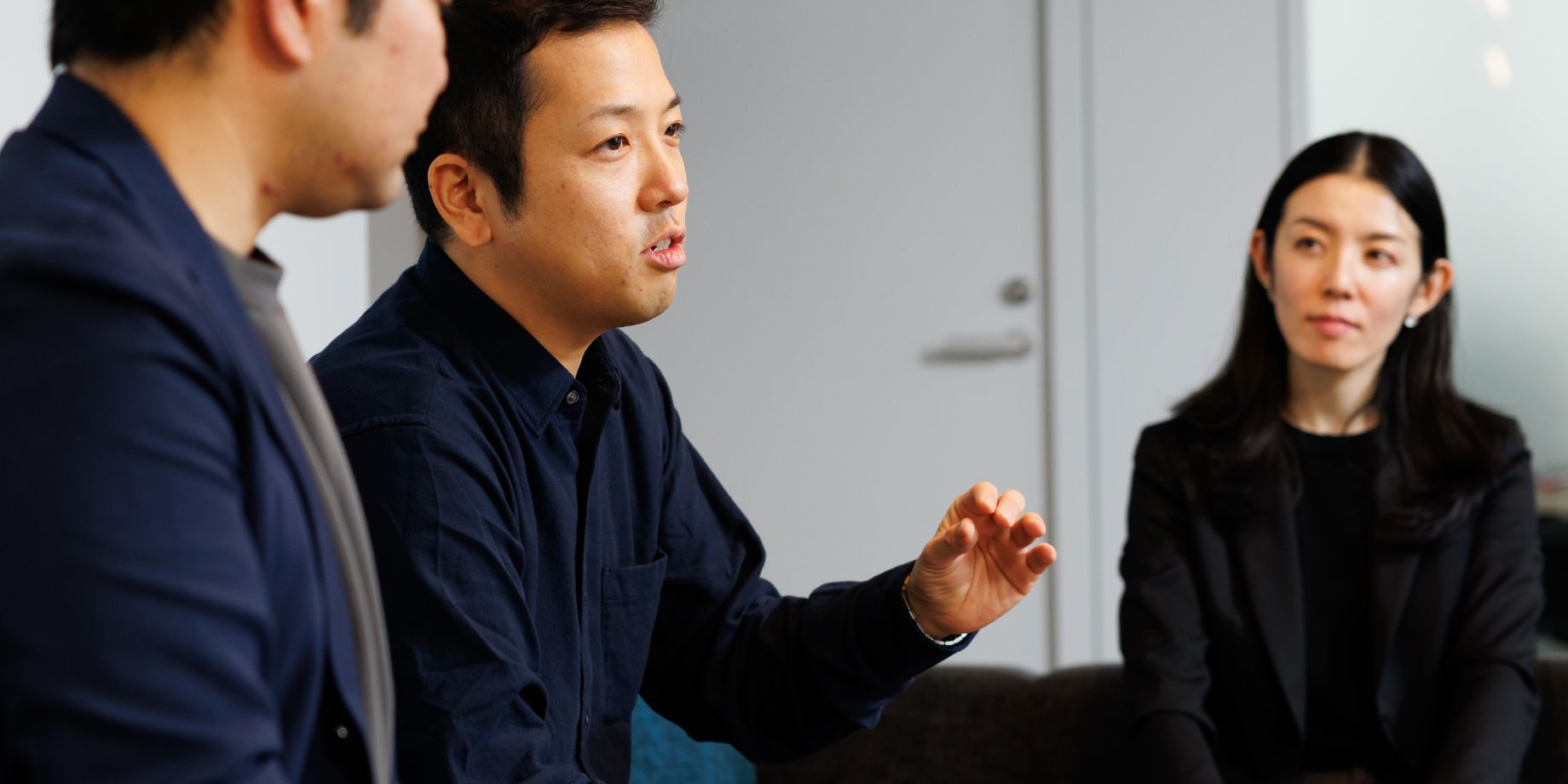
Takano: I want to disseminate the idea throughout the company that innovation isn’t such a high hurdle, but that it’s a combination of existing knowledge with other existing knowledge, which is different from starting from scratch.
—How do you meet startups through collaboration with PnPJ?
Takano: We benefit from a variety of PnPJ solutions, including the accelerator program that selects dozens of startups from diverse industries.
Arai: We hold the accelerator program every six months. Aside from Mr. Takano’s high level of motivation toward the event, I’m also amazed by the high level of enthusiasm from the entire DX Strategy Division, which I can sense when speaking with him.
Takano: We met and spoke with startups from a wide range of industries—that is, if they seemed to have an affinity with our business. We also assign knowledgeable staff members in charge in each operating segment to attend the interviews. Given the diverse range of business areas, I feel that it’s important to connect the necessary information with those who have relevant knowledge as quickly as possible in order to link them to specific business collaborations.
—How does Tokyo Century view the potential of open innovation?
Takano: Since starting out in leasing, Tokyo Century has expanded its scope and is now developing business based on the “Finance × Services × Business Expertise” concept. We’ve been able to take on the challenge of entering new business areas based on our history of pursuing partnership strategies with companies that possess specialized knowledge in each respective area. In that sense, our company has been pursuing initiatives compatible with combining existing knowledge both inside and outside the company, and I believe the entire company has a foundation that’s conducive to open innovation.
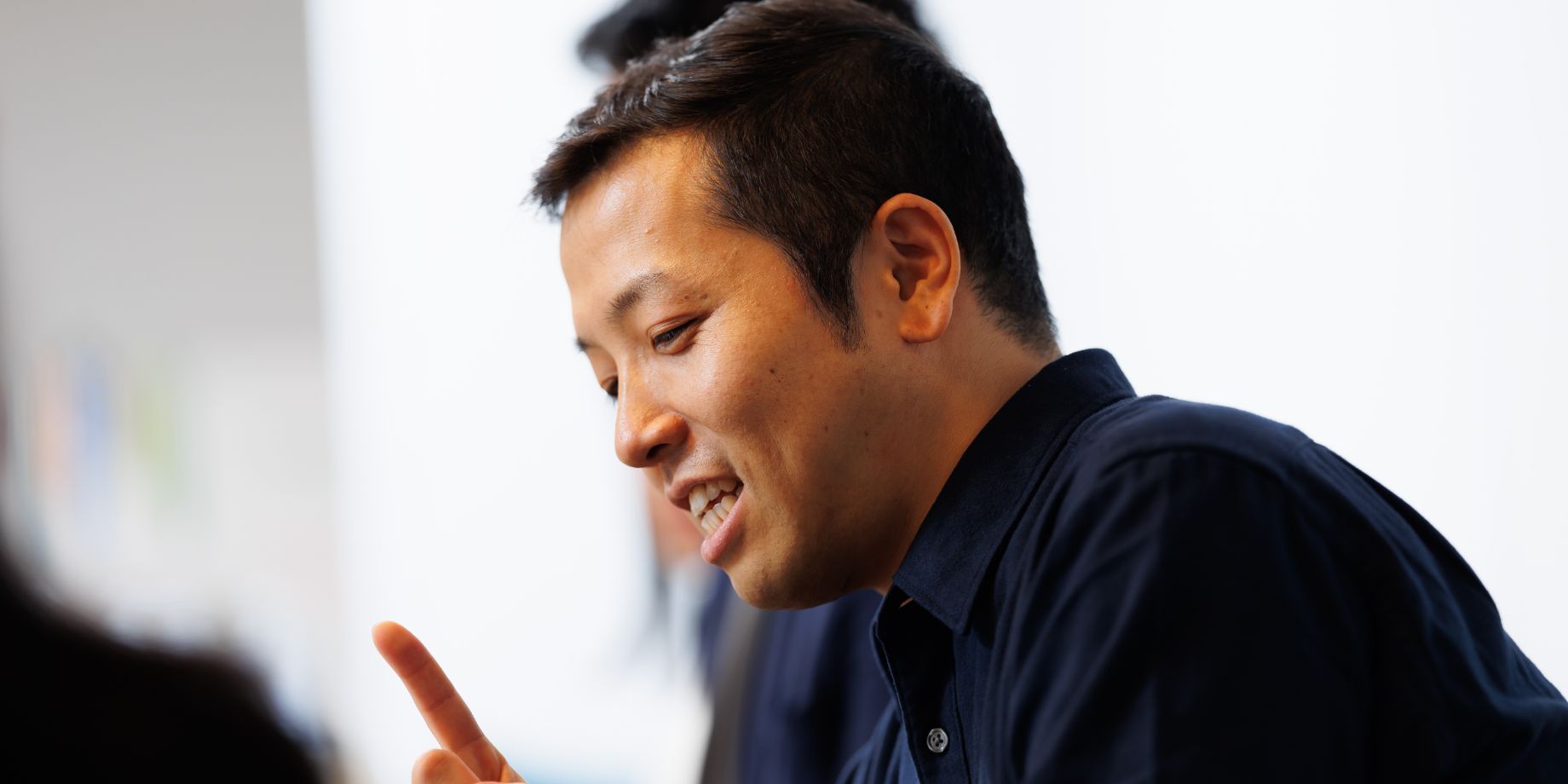
Takano: In fact, everyone at PnPJ refers to open innovation leaders like me as champions. In the U.S. Silicon Valley, those in charge of internal change are known as champions.
Reviewing Environmental Issues to Provide Solutions that Lead to the Future
—To close our discussion, could you each share what your companies expects from each other?
Takano: While Tokyo Century’s open innovation is still a work in progress, we’ve already achieved a groundbreaking success in Kumamoto, where we installed storage batteries in a solar power plant (more details in Part 2). Going forward, I’d like to continue to collaborate with PnPJ in bringing other concepts into existence, as we’ll need even more support from startups in this green transformation (GX) domain.
Arai: In the financial sector, there has recently been a trend toward open innovation in GX, such as carbon neutrality and decarbonization, which is referred to as green fintech. Following the reduction of CO2 emissions, momentum is building across the entire industrial circle to protect biodiversity as a corporate action.
As regards TNFD recommendations, which include requirements for nature-related disclosures, a trend has emerged in Europe, and companies are looking into any new business seeds in this context. For example, a system that digitizes changes in forests and rivers is attracting attention. Anticipating market needs and trends, we’d like to work with Tokyo Century to launch as many businesses as possible that can balance responding to environmental issues and achieving organizational growth.
Omura: Our mission is to establish a startup ecosystem in which a variety of companies, domestic and international, can generate innovation through cooperation. We believe this cannot be achieved without the support of large companies. Tokyo Century has a wide range of customer channels, diverse assets, and financial know-how, making it an extremely reassuring partner for startups. We hope we can continue to further enhance our collaboration, including in the area of development of human resources for DX.
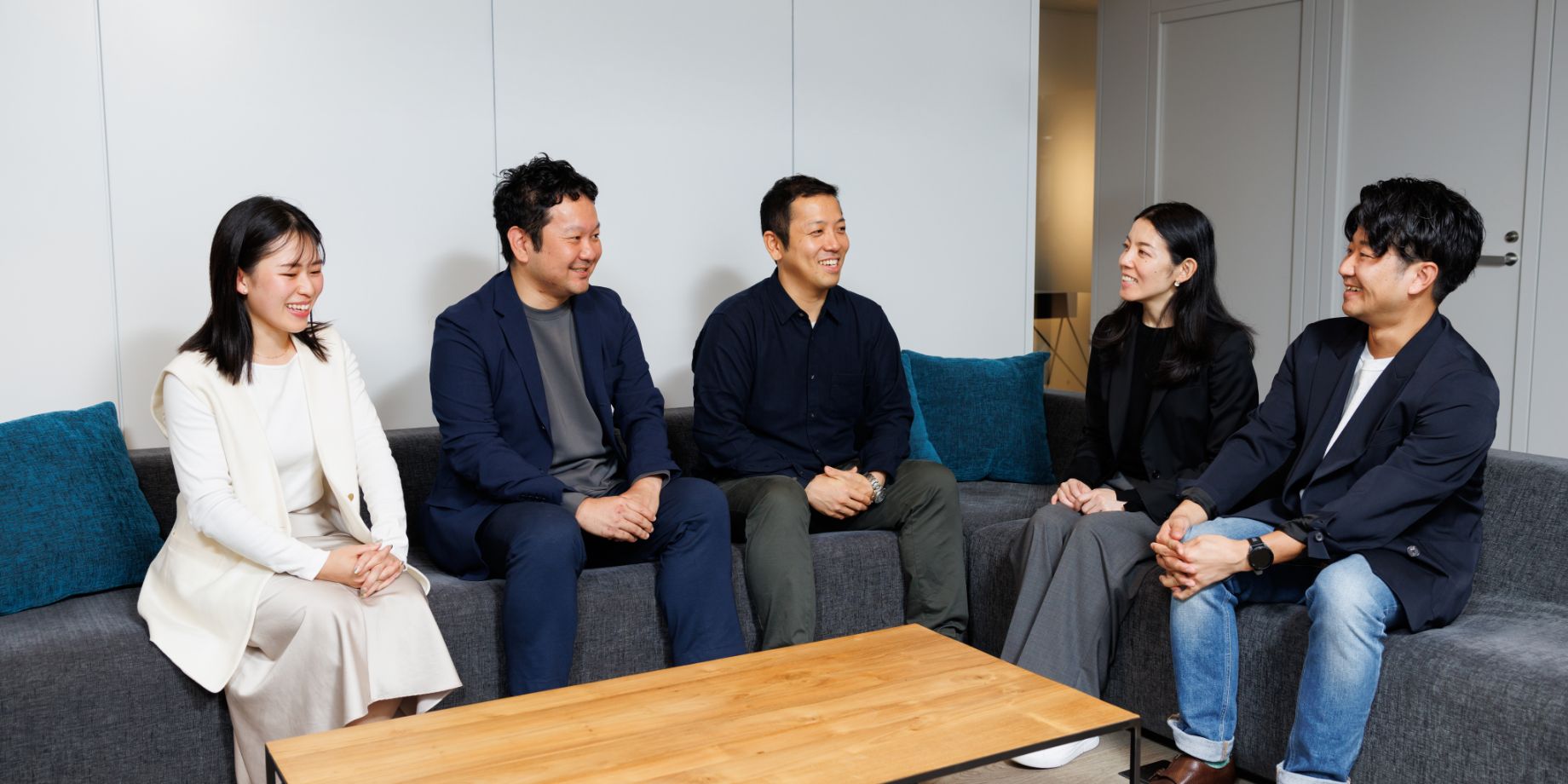
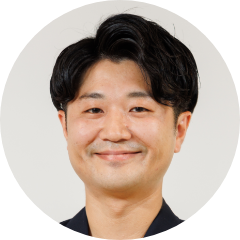
Yoshihiko Arai
Plug and Play Japan, Inc.
Joined Plug and Play Japan, Inc. in 2021 as a mid-career employee. He is responsible for supporting the growth of startups in the fintech sector as well as for coordinating inter-company open innovation support projects. In his previous position at Sumitomo Mitsui Banking Corporation, he was in charge of overseas institutional investors and handled many cross-border financing projects. He graduated from F.W. Olin Graduate School of Business, Babson College in the United States, with an MBA.

Saki Omura
Plug and Play Japan, Inc.
Joined Plug and Play Japan, Inc. in 2024 as a mid-career employee. She is involved in operations related to virtual space and crypto assets in the fintech team and also helps startups build partnerships with major companies. She previously worked for a Silicon Valley-based investment firm.

Shinsaku Takano
DX Strategy Division, Tokyo Century Corporation
Joined Tokyo Century Corporation in 2022 as a mid-career employee. He is responsible for company-wide DX promotion and human resource development for DX in both internal system development and business development while also managing the secretariat of the DX Task Force. In his previous position at a financial institution, he was involved in many financing projects targeting primary industries.
Note: The contents of the article and the position titles are current as of the date posted.
RECOMMEND ARTICLES
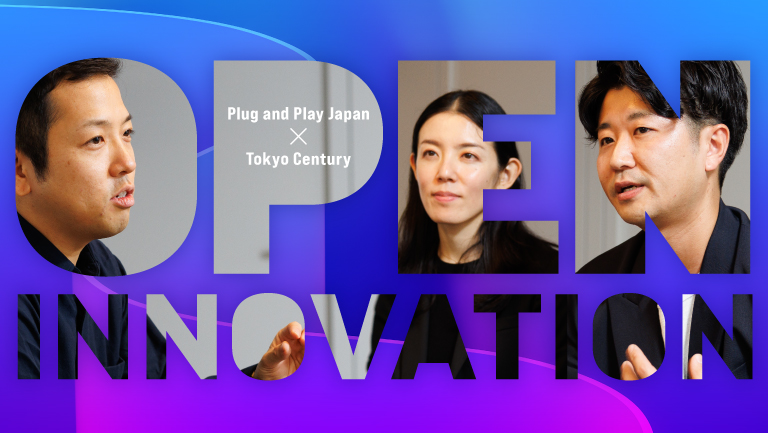
—Plug and Play Japan × Tokyo Century
Feb 19, 2025
Collaboration with s…
